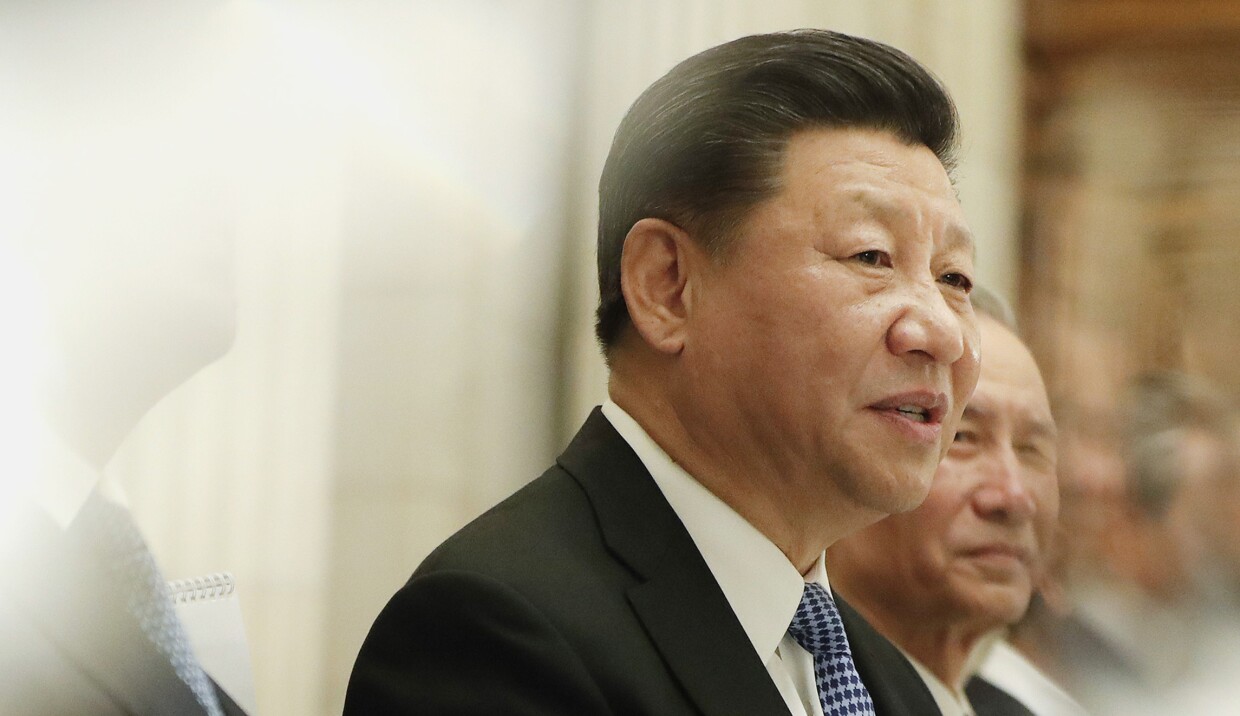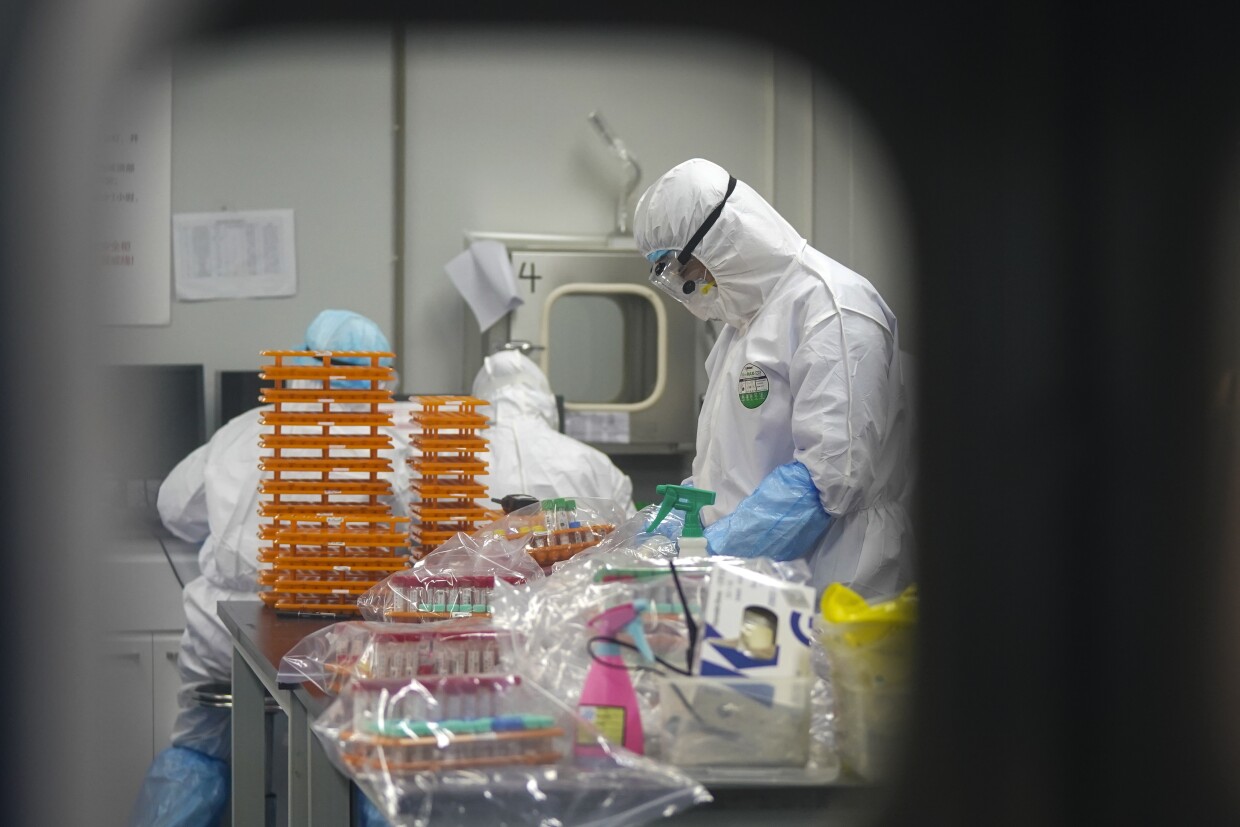
A 329-page report published by Sen. Marco Rubio (R-FL) on Wednesday examines the “political chronology” of the COVID-19 outbreak in China
, intending to shine a light on operational problems at the Chinese state-run Wuhan Institute of Virology and the possibility of the coronavirus leaking from the lab.
The hypothesis that COVID-19 came from the state-run Wuhan lab has continued to be explored by federal lawmakers after the Energy Department determined with “low confidence” that a lab leak was the most likely origin of the disease. Rubio’s new report cites over 80 English and Chinese sources to trace how China’s government handled “biosecurity, biosafety, and public health” matters from 2018 to 2021 and engaged in an alleged “cover-up” of the deadly disease before it rippled across the world.
HOW THE SUPREME COURT COULD BE FORCED TO WADE INTO BIDEN DEBT CEILING FIGHT
“As long as we approach the origin as an inherently scientific question to be answered solely by the methods of science, we empower the CCP to keep hiding the data that would most readily satisfy the evidentiary standards of science,” the report, which was obtained by the Washington Examiner, reads. “It is not the limits of science that constrain our understanding of the origin of SARS-CoV-2. It was the political decision to block scientists from accessing the clinical and genomic data that would have allowed them to methodically reconstruct what happened.
“For this reason, we approached the origin question as a political puzzle, first and foremost, with a scientific component that is important, but not decisively so,” the report adds. “This report borrowed a legal standard – the preponderance of the evidence — to assess what we know at this juncture, using the admittedly incomplete information we have available. Whatever its limitations, we trust that most readers will judge this report to be a useful contribution to the search for answers and accountability.”
Rubio’s report comes after the National Institutes of Health came under fire last week from Republican lawmakers when EcoHealth Alliance, a nonprofit group that received hundreds of thousands of dollars in federal grant money between 2014 and 2020, announced that the agency would resume its award. EcoHealth, which previously partnered with the Wuhan lab for coronavirus bat research, was informed by the NIH in 2020 that the grant would be suspended.
The Wuhan lab’s parent organization is the Chinese Academy of Sciences, the largest scientific group in China that is also under government control. In his report, Rubio cites the fact that Wuhan lab leaders warned in 2019 of “urgent problems” and “severe consequences that could result from hidden safety dangers” following reports indicating that the lab maintained a variety of biosafety problems.

China’s President Xi Jinping speaks during a meeting.
(AP Photo/Pablo Martinez Monsivais)
Out of the 749 senior researchers at the Chinese Academy of Sciences in 2015, 54 worked for China’s defense industry or the People’s Liberation Army, the country’s principal military force, according to the report. The government’s vast influence over Chinese operations such as the Wuhan lab is a deep concern outlined in the report, which cites how some lab researchers were trained by PLA-run entities.
“Expressions of concern about biosafety risks at the state-run WIV did not begin with speculation about the origin of SARS-CoV-2 in 2020,” the report, citing China’s gain-of-function research through the years, reads. “As early as 2015, some scientists had called into question whether the potential benefits to be gained from the WIV’s research involving the artificial manipulation and creation of chimeric coronaviruses was worth the considerable risks to public health inherent to this line of research.”
The Wuhan lab, however, has periodically been the subject of health concerns following inspections over the years, according to Rubio’s report, which cites an April 2021 article by the People’s Daily, a CCP-run newspaper, detailing how Chinese President Xi Jinping informed the party’s Congress in 2018 to be alert for a “SARS-like virus.” Xi’s speech does not appear to have ever been published in full, according to the report.
In terms of “early warning signs,” Rubio’s report highlights how “CCP leaders at the Wuhan CAS” met with personnel from the Wuhan lab in April 2019 and briefed them on an “extremely accurate and detailed report” on the lab’s problems after a “political inspection tour.” Three months later, in July 2019, the lab’s CCP secretary Xiao Gengfu met with WIV leaders and spoke of “current shortcomings and foundational problems that exist in the construction, operational processes, and maintenance processes in the P4 laboratory.”
By September 2019, Rubio’s report alleges that China’s government was engaging in a cover-up in terms of the coronavirus. It cites how the Wuhan lab shut down its online virus database in the middle of the night on Sept. 12, 2019, and six days later, the lab advised the Wuhan airport on “emergency response drill activities” that included one exercise on responding to a “novel coronavirus.”
A patient whose name is only known to be “Su” died on Sept. 21, 2019, which some researchers believe to be the first person to get infected with COVID-19, the report notes. The 61-year-old woman notably lived in Wuhan, according to multiple news reports.

This Saturday, Feb. 22, 2020, photo released by Xinhua News Agency, shows medical workers in protective suits at a coronavirus detection lab in Wuhan in central China’s Hubei Province. The fresh national figures for the disease that emerged in China in December came as the number of viral infections soared mostly in and around the southeastern city of Daegu, where they were linked to a local church and a hospital. (Cheng Min/Xinhua via AP)
Cheng Min/AP
The report also traces what it calls China’s “international deception,” according to a two-page executive summary reviewed by the Washington Examiner. For instance, it notes that the CCP in 2020 targeted whistleblower doctors, mandated the destruction of virus samples, and began working on a COVID-19 vaccine no later than November 2019 — which is roughly two months prior to China’s government acknowledging the existence of SARS-CoV-2.
CLICK HERE TO READ MORE FROM THE WASHINGTON EXAMINER
As far as alleged lab leak theory clues, the report cites how researchers at the Wuhan lab filed invention patents intended to fix pitfalls with its waste handling, air pressure system, and biocontainment equipment from December 2019 to October 2021. These various control problems may explain how a pathogen could have escaped the Wuhan lab, according to the report.
“These innovations that the WIV sought to patent were technical solutions to specific biosafety problems, including those that WIV authors explicitly described as posing a serious risk for the escape of a highly consequential pathogen into the external environment,” the report reads.
Read the full report below:





